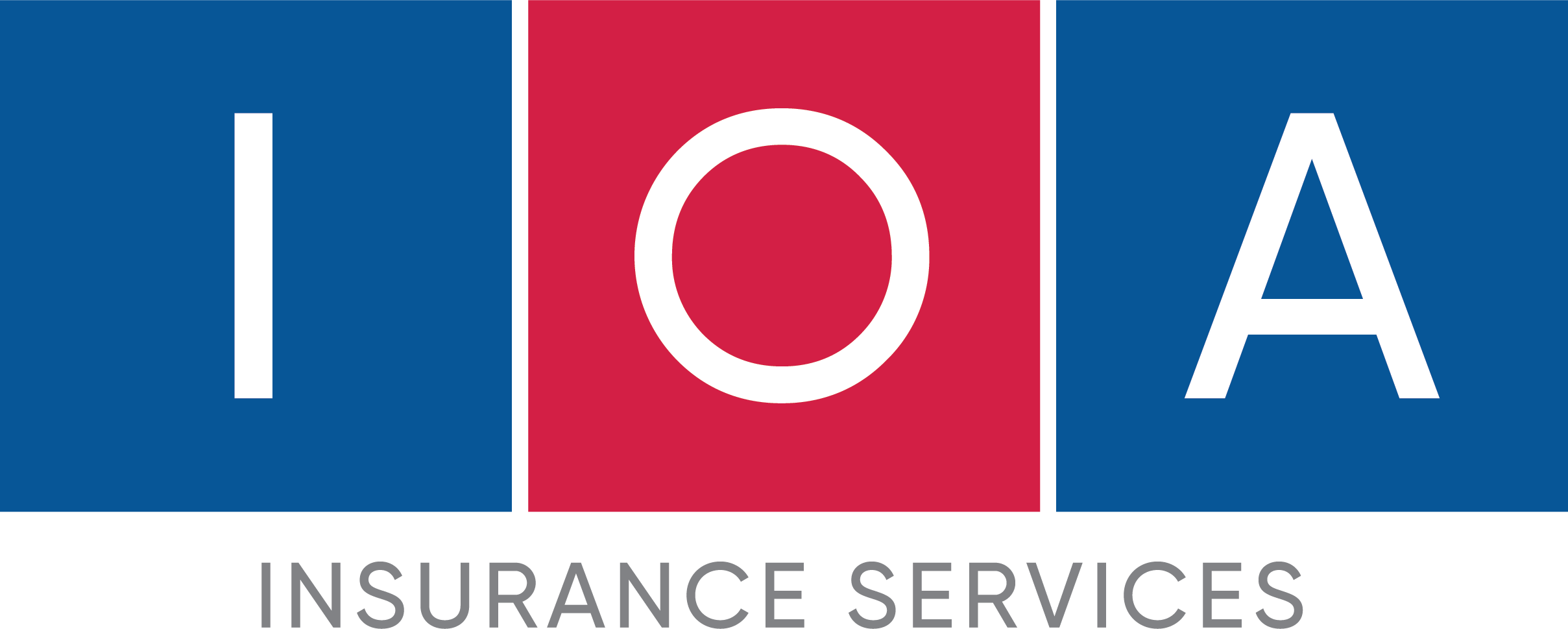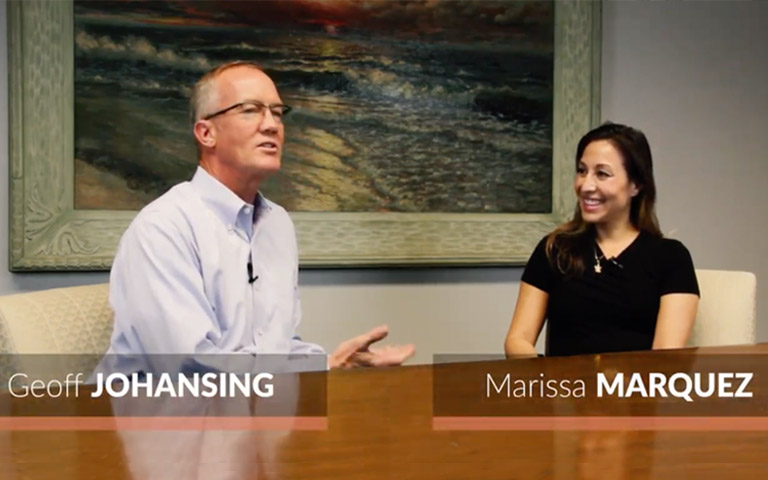Podcast: Play in new window | Download (Duration: 10:16 — 23.5MB)
Subscribe: Apple Podcasts | Email | RSS | More Subscribe Options
An interview with Marissa Marquez embracing new technology, and the benefits to employee happiness.
Embracing New Technology and the Benefits to Employee Happiness was today’s topic with my guest Marissa Marquez (AMC Solutions). When your employees don’t have issues; when everything is just running the way it should; when they can get out of the office on time because they’re not held up with a system that’s not running properly, they’re happier. It helps build on culture and allows us to really push the business forward and help them grow. Usually, the feedback is that increased productivity not only results in a more motivated workforce but now they also find that the one or two additional employees that they thought they needed to hire, they no longer need, because their efficiency has improved.
For more “Happy Employees” insights, join our LinkedIn Group!
About Marissa Marquez
(Advanced Microcomputing Concepts) Solutions
San Dimas, CA
GEOFF JOHANSING: Hello everyone. Geoff Johansing here. I run the Pasadena office for Insurance Office of America. We’re as a property and casualty provider. My focus is to have my clients have happy employees. I believe with happy employees you’re just going to do extremely well as a company, profitability etc. And I have here today, Marissa Marquez. And Marissa works with AMC solutions. Hello Marissa.
MARISSA MARQUEZ: Hey Geoff – thanks for having me.
GJ: My pleasure. Would you like to give me a little comment on your company? On what you guys do and your role?
MM: Sure. AMC Solutions has been around for about 15 years. We are a managed service provider, which means for some of our clients we are their entire IT department; and for others we work with their in-house IT. We have a proactive approach, much like your proactive approach to insurance, which means that we have a very integrated relationship with all of our clients.
My role, specifically, is managing all of our operations. So, in addition to all of our processes, which we are an extremely process based company, I manage our staff. And that is something that’s probably my favorite thing that I do, because I do believe having happy employees not only excels an organization, but that spreads out to your client base as well. When your staff is happy, they’re able to happily serve your client base.
GJ: Well, great. I’m glad you’re here. Today we’ve got a couple of questions I’d like to ask you. So how does your process help employers, with technology, create employee satisfaction or satisfaction with their position?
MM: Absolutely. So first, we have to really get to know our clients. So when we are in the process of just meeting a prospect, we are really getting to know everything about the business…Where they’ve been, where they’re at currently, where they want to get to. But also, understanding who is their workforce? And Is that workforce going to grow? What’s the average age of their workforce? What’s the technology they’re currently using? Because, just because there’s a great technology out there, if their workforce can’t adapt to it, it doesn’t make sense to just throw this process in. If we also help them, since we’re so focused on processes, we build those… help our clients build those processes within their own companies.
So we look at IT as, how do we make their employees as productive as possible? Help them increase their profitability? But also in the long run, that equates to employee happiness. When your employees don’t have issues. When everything is just running the way it should. When they can get out of the office on time because they’re not held up with a system that’s not running properly, they’re happier and it helps build on culture and allows us to really push the business forward and help them grow.
GJ: You brought up age, and it makes me think. I hear a lot of people talking about Millennials, and the struggle that they have with Millennials. How do you see Millennials and technology incorporated into an employer’s facility assisting or not assisting?
MM: Sure. So Millennials are the first generation who are really completely dependent on technology. They grew up with technology, and they bring this new culture to the workforce. And to their employers as well. Now technology can be something that draws a millennial candidate in. It could also be something that really takes your workforce and can deter them from staying with a business if it’s not up to date. With Millennials in particular, as well, we’re looking at the fact that in eight years they’re going to make up 75% of the workforce. So how do you “future proof” your business around that? We see Millennials who want more flexibility in being able to work from home or in the office.
GJ: Right.
MM: So is your system set up for that?
GJ: Right.
MM: Are your employees able to have this mobile workforce? And when you consider that as well, are you protected from what that means? As we see all of these threats that exist around us.
GJ: So I would see or anticipate that there are prospects that you’ve gone into that are fairly “no, I’m good, I don’t need this” And like myself, you guys take the proactive approach and making sure accidents don’t happen and that sort of stuff… So the soft cost, so when you get someone to buy into what you’re doing, and they keep track of the soft cost and I’m sure that they’re very grateful that they brought you in, what kind of soft costs do you see being reduced with technology?
MM: Typically it is payroll. So when you’re able to have not only a really productive staff, but perhaps it’s the ability to automate systems that an employee used to do, whether that is data, running data reports, we have systems. You look at what has happened with printers nowadays. Where now a Xerox copy machine can scan and upload into a CRM or into a data system. What used to take an employee time to manually enter, now we’re looking at lower payroll. And really being able to utilize technology to push the business forward. But also reduce those costs and that owners usually have to consider. And less liability as well.
GJ: Right, right. What positive impact have you seen from employers who at first resisted doing the IT upgrades of modern technology the new… the new shiny things out there. After they’ve gone through and kind of said “I don’t want this.” but finally got into it and took care of it, jumped on board. What impact have you seen from those types of employers that embrace technology?
MM: Sure. We usually see the resistance is the perceived cost. Right? A lot of business owners will look at IT as the hard cost of “What is it going to cost me every month? They don’t look at the soft cost of “What is the impact on my workforce? What is the impact on productivity? What is the impact on my bottom line as well, if I have to hire more employees because the employees I currently have isn’t as productive?” So usually the feedback that we do get is that increased productivity not only results in a more motivated workforce, but now they also find that… that one or two additional employees that they thought they needed to hire, they no longer need, because their efficiency has improved.
GJ: Okay.
MM: And a lot of, you know, feedback we sometimes get, or questions we sometimes get asked is, “well, how quickly do you pick up the phone because my current IT provider always answers the phone or calls me back within thirty minutes” without asking themselves, “well, why are you having to call in the first place?”
GJ: Right. Mmm-hmm.
MM: So, really once they step back and they see that that investment has not only reduced the noise that they have of needing to call in constantly, but things, just when things just work, you can build a strategy. You can continue to push your business forward.
GJ: So in kind of tying up this conversation, I think our solutions are fairly similar. I’m looking for a proactive approach for my clients. Where I want to be in there and addressing accidents before they happen. And I believe that you guys take the same sort of approach. Also with regards to minimizing any disruption and being ahead of the game
MM: Absolutely. As one of your clients as well, we can attest to that. I think that we are very similar, which is why we enjoy working with you so much. You often come to us and say, “hey you have a company vehicle, are you also considering the certain other trainings or certifications for your staff who may be driving this vehicle?” So now you’re being proactive to prevent us from actually having to have a claim or any issues.
In the same regard, our process is really to be on-site at our client’s every month. At the bare minimum. our clients get one on-site visit per month. Some of the larger clients, it’s as often as four times a month, or you know, a week, a month. Because that constant maintenance, you have to constantly be proactively keeping your technology in check. And then building a strategy around it.
GJ: All right. Well, thank you very much Marissa. Again, Geoff Johansing, helping you create half the employees.

